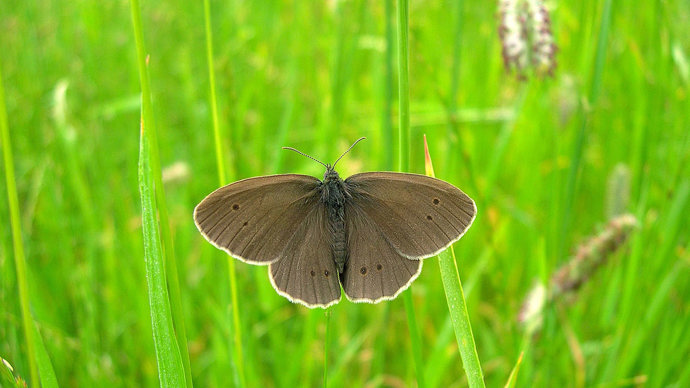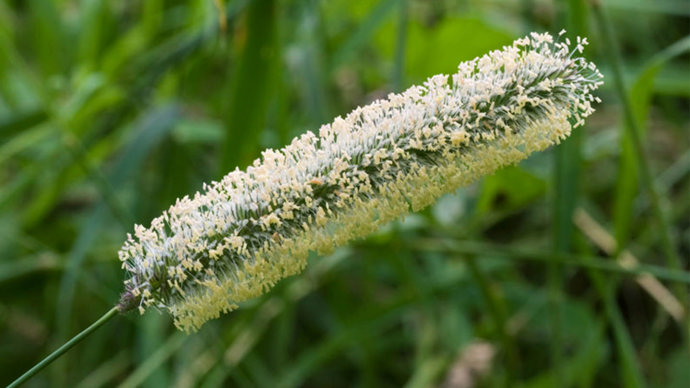Common name(s): Timothy grass, Timothy, common cat’s tail
Scientific name: Phleum pratense
Family: Poaceae
Origin: native
Flowering season: June to August
Habitat: pasture, grasslands, meadows and roadsides
A gentle and swaying irritant. Though this grass is a favourite with insects and farmers, it may well be to blame for your hay fever! It is a very common allergen, but is now being used in a cure to your seasonal sneezes.
Common name(s): Timothy grass, Timothy, common cat’s tail
Scientific name: Phleum pratense
Family: Poaceae
Origin: native
Flowering season: June to August
Habitat: pasture, grasslands, meadows and roadsides
Timothy grass is a tall, very robust perennial grass characterised by its long, cylindrical flower heads. It grows in clumps and can reach over a metre high.
Leaves: smooth, hairless and pale green. Young leaves are rolled and become flat and pointed over time.
Flowers: located on the end of a stalk and densely packed into a cylinder formed of tiny, horned spikelets. The stamens are pink.
Seed heads: approaching 38cm long, with spiky florets that mature into tiny seeds. These measure around 1mm in length, are light brown to white with a smooth texture and are oval in shape.
Not to be confused with: meadow foxtail which flowers earlier in the year, from April until June, and can grow as tall as 1.5 metres; and purple-stem cat’s tail which grows on lighter soils, particularly chalk lowland.
Timothy grass is native to most of Europe. In the UK you can spot it all year round in pasture grasslands, meadows and on the side of roads.

Credit: Pete Holmes / WTML
Timothy grass is the food plant of the caterpillars of a number of butterfly species, such as the Essex skipper and the marbled white. It is also part of important grassland habitats that are essential for invertebrates.

Credit: John Bridges / WTML
It is a popular agricultural grass and is now commonly grown for animal feed. Its main benefit is that it grows quickly and can be harvested several times in a year if planted in early spring.
The pollen of Timothy grass is a common allergen and has been used in the development of a hay fever vaccine.
Timothy grass was named after Timothy Hanson, a farmer and agriculturalist who is said to have introduced it to the southern states of the US in the early 18th century.
Timothy grass is common throughout the UK and the rest of Europe. However, a loss of meadow habitats is the biggest threat to this species.


External link
Have you seen the first ladybird of the year or the last swallow of summer? Tell us about the nature near you and help scientists track the effects of climate change on wildlife.